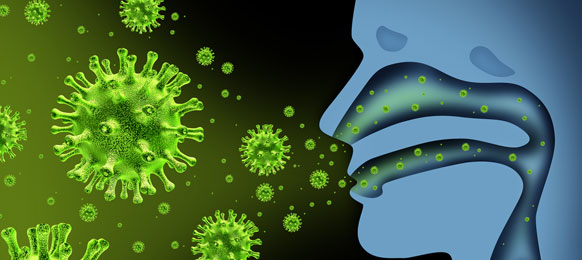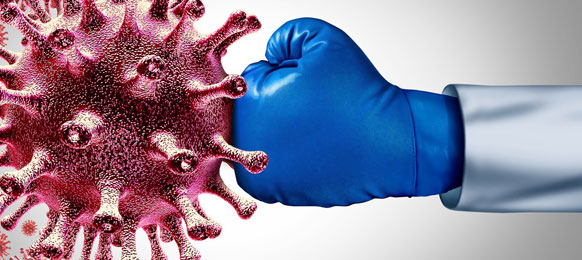This vast network of cells and tissues is constantly on the lookout for invaders, and once an enemy is spotted, a complex attack is mounted. The immune system is spread throughout the body and involves many types of cells, organs, proteins, and tissues.
Crucially, it can distinguish our tissue from foreign tissue — self from non-self. Dead and faulty cells are also recognized and cleared away by the immune system. If the immune system encounters a pathogen, for instance, a bacterium, virus, or parasite, it mounts a so-called immune response.


